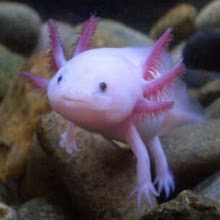Habitat requirements.
1. Although various types of corals can be found from the water's surface to depths of 19,700 ft. (6,000 m), reef- building corals are generally found at depths of less than 150 ft (46 m), where sunlight penetrates. Because reef- building corals have a symbiotic relationship with a type of microscopic algae, sunlight is necessary for these corals to thrive and grow.
a. Reefs tend to grow faster in clear water. Clear water allows light to reach the symbiotic algae living within the coral polyp's tissue. Many scientists believe that the algae, called zooxanthellae, promote polyp calcification. See symbiosis for more information on this algae and its relationship with coral.
b. Light-absorbing adaptations enable some reef- building corals to live in dim blue light.
2. Reef-building corals require warm ocean temperatures (68 to 82 F, or 20 to 28 C). Warm water flows along the eastern shores of major land masses.
3. Reef development is generally more abundant in areas that are subject to strong wave action. Waves carry food, nutrients, and oxygen to the reef; distribute coral larvae; and prevent sediment from settling on the coral reef.
4. Precipitation of calcium from the water is necessary to form a coral polyp's skeleton. This precipitation occurs when water temperature and salinity are high and carbon dioxide concentrations are low. These conditions are typical of shallow, warm tropical waters.
5. Most corals grow on a hard substrate.




No comments:
Post a Comment